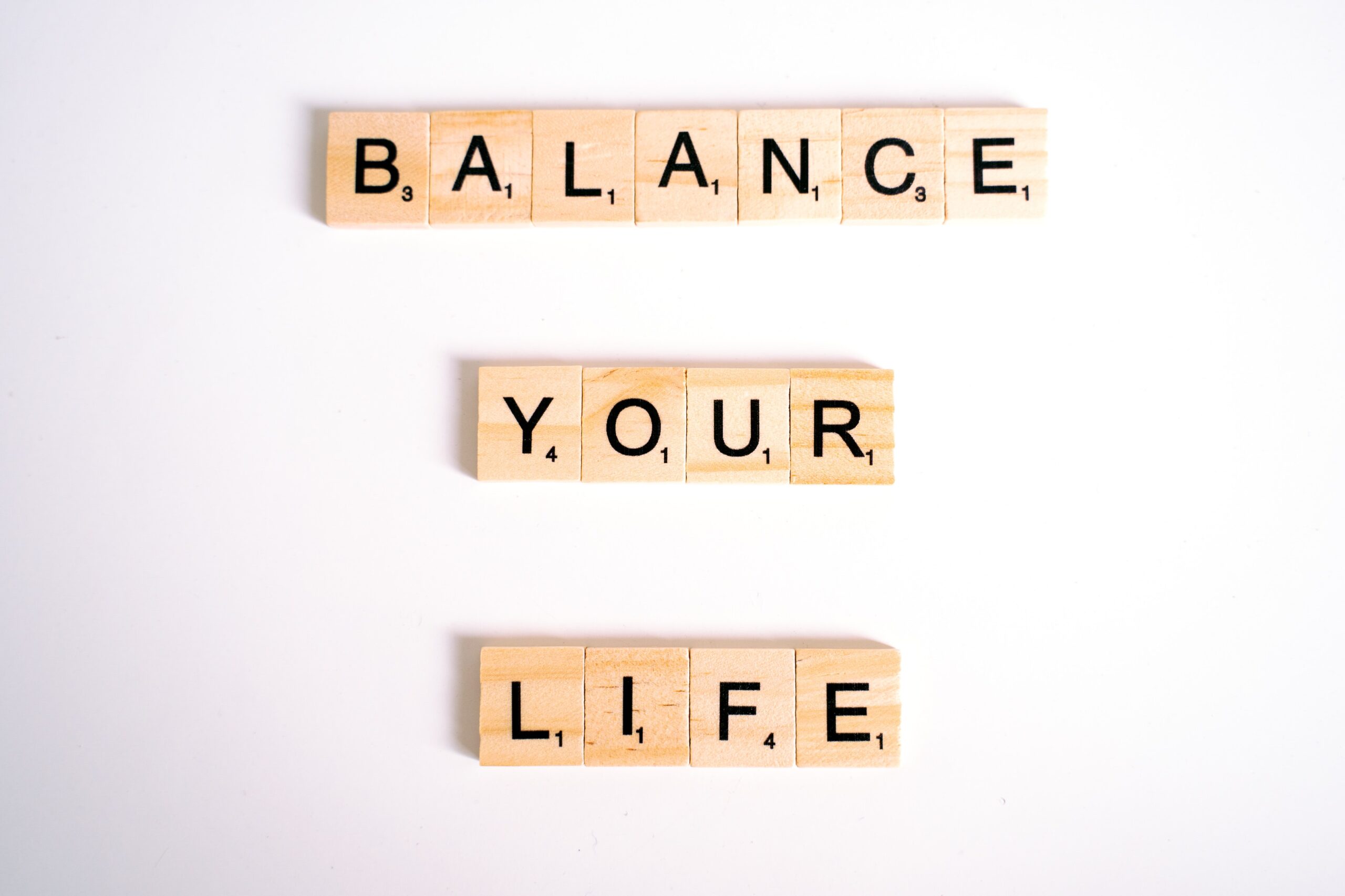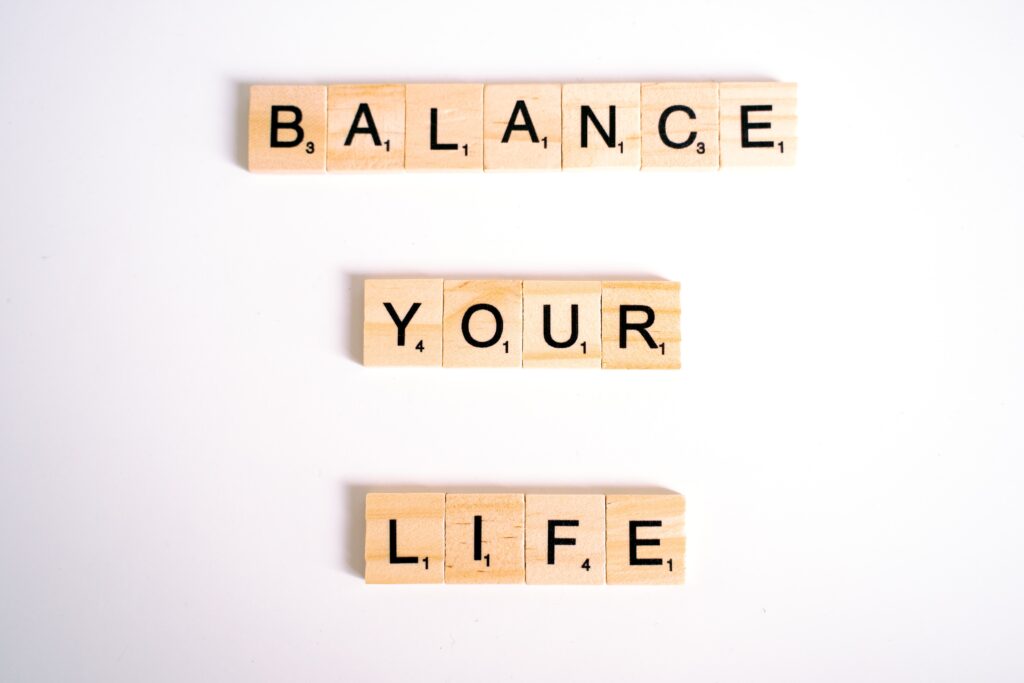
Dynamic Balance

Let’s talk balance
Static balance refers to our ability to maintain a position while standing still or sitting. Dynamic balance, on the other hand, refers to our ability to stabilize our body while it’s in motion such as when riding a bike or surfing.
We talk about “life balance” or “work-life integration” all the time. In this context, balance generally refers to how we divide our time between professional work, and other areas of our personal life.
The concept seems simple enough. Balance isn’t necessarily difficult to achieve, but it is typically very challenging to maintain.
Why is balance hard to maintain?
Life is in a constant state of motion. So why would we think that our approach to balance would be effective when we apply the same static formula day after day?
In my experience, it’s not. The world around us is dynamic. It doesn’t wait for us to catch up and ask us when we are ready to proceed. It moves…often quickly, whether or not we are “ready” to move.
What can we do about it?
There are variables that we can proactively account for. We can create our own definition of balance, and what it looks like in practice to meet our individual needs.
There are some variables that we can anticipate or plan for, such as starting a new job, moving homes, or having a child. We may not yet fully grasp how they will impact us, but we know that they will have an impact.
Then there are the unknown variables that we cannot always anticipate. Loss of a job, sudden illness, a divorce, passing of a loved one, a promotion, an inheritance or a global pandemic.
The formula that you set to achieve balance yesterday, might not work for you today. Do you have the right approach to adapt with life’s twists and turns? That’s where the concept of dynamic balance comes in to play.
What did balance look like to you, pre-pandemic? How about April 2020? What about today? How swiftly were you able to make those shifts in your life to maintain your balance?
So…how do we achieve Dynamic Balance?
In order to maintain balance in our lives what we really need is a structure that accounts for fluidity. In other words, to create a framework that allows us to modify the inputs and variables as needed. One that sets us up for success. We start by establishing a personalized definition of what balance means to you and what it looks like day to day. What’s essential? What’s nice to have? What must you eliminate? What are your priorities?
Think of it as a blueprint. If you decide to put an addition over your garage, you don’t knock down the whole house and rebuild it! You turn to your blueprint and modify your plan to account for growth.
Change is a constant. The business world is volatile, and often uncertain. Demands of our jobs change. Life is unpredictable. Our personal needs evolve. The needs of those who rely upon us change.
Which is precisely why we need dynamic balance in our lives in order to be successful.
Dynamic balance enables us to be more agile. Allowing us to adapt to change; to flex our muscle memory, and to become more efficient when creating those small, or large shifts in our balance.
What requires more balance in your life? What area(s) do you want to improve? Work-life? Technology? Health and well-being? Self-care?
How often do you take the time to evaluate what’s working and what’s not when it comes to your approach to balance?
January 14, 2021
Leave a Reply
What's Popular
READERS' FAVORITES
Category 1
Category 2
Category 3
Category 4
Category 5
Category 6
COMMENTS